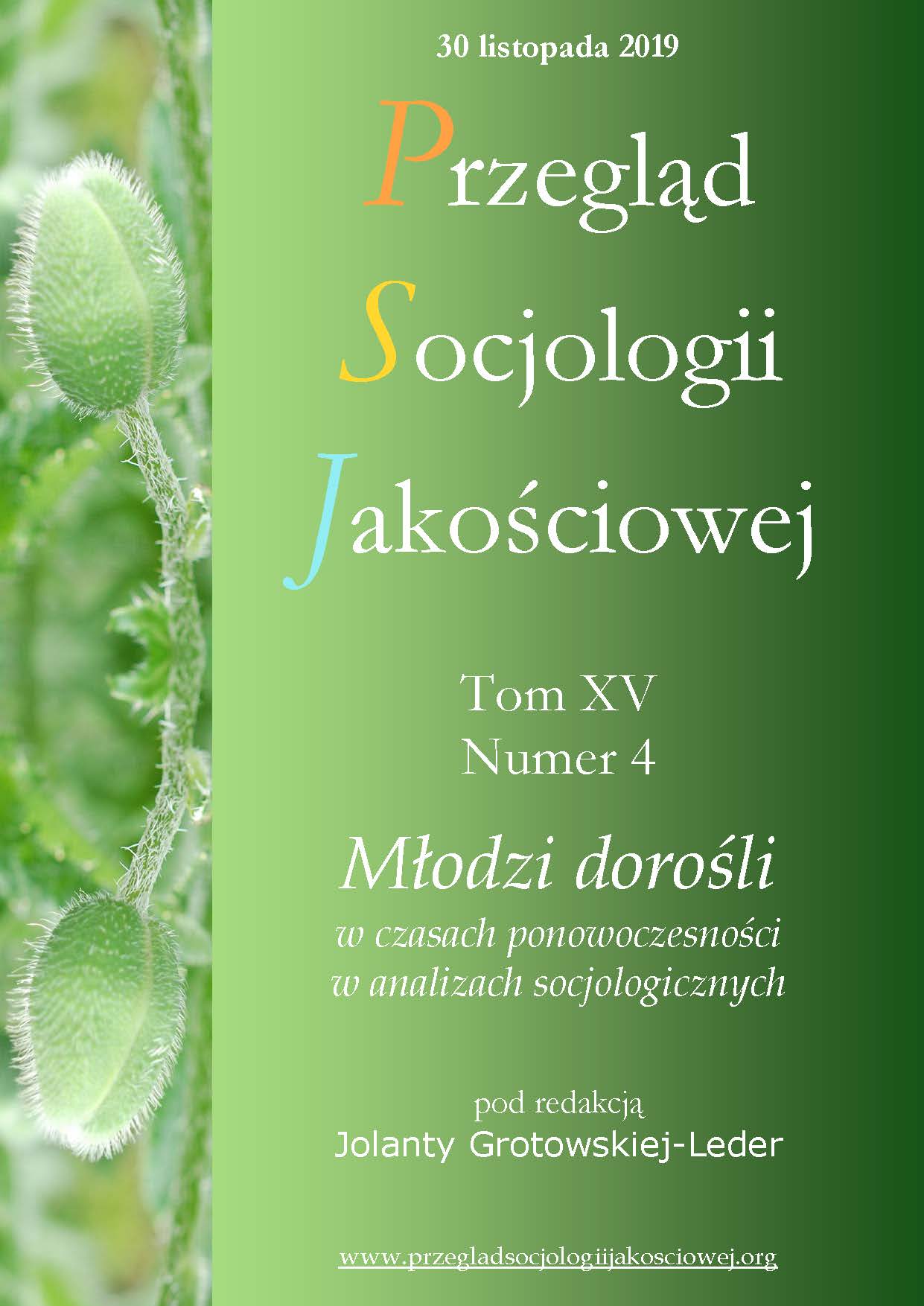Szanse i słabości wykorzystania crowdsourcingu do analizy treści
The Advantages and Limitations of Using Crowdsourcing for Content Analysis
Author(s): Katarzyna LisekSubject(s): Social Sciences, Media studies
Published by: Wydawnictwo Uniwersytetu Łódzkiego
Keywords: crowdsourcing; content analysis; crowd; new technologies
Summary/Abstract: Content analysis has become a research method that is widely used not only in social sciences, but also in the humanities in general. The automation and computerization behind this method is gaining a lot of interest among researchers in Poland and around the world. New perspectives for the development of this field can be opened by the phenomenon of crowdsourcing – a virtual collaboration method whereby numerous anonymous users of new technologies are the participants. The first attempts to use this phenomenon in science were successful, both within exact sciences and the humanities. However, confirming the possibility of using crowdsourcing in content analysis requires further research and exploration. The aim of this article is to present the attempt of using a pilot tool for crowdsourcing content coding. A reflection on the potential advantages and limitations of this approach will be offered, too. The author will provide a short characterization of the phenomenon of crowdsourcing and its application in science, as well as the description of the proposed tool. The article is concluded with the analysis of the opportunities and weaknesses that crowdsourcing can offer for the development of content analysis.
Journal: Przegląd Socjologii Jakościowej
- Issue Year: XV/2019
- Issue No: 4
- Page Range: 250-270
- Page Count: 21
- Language: Polish

